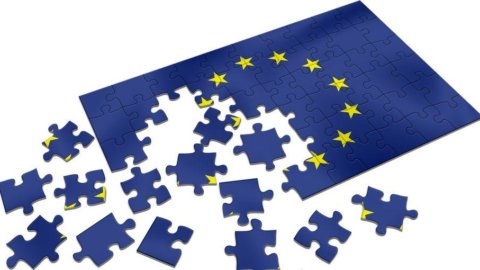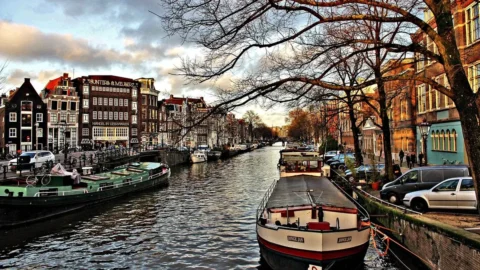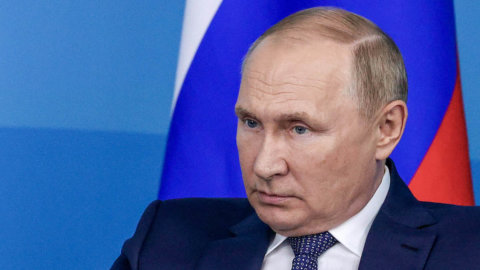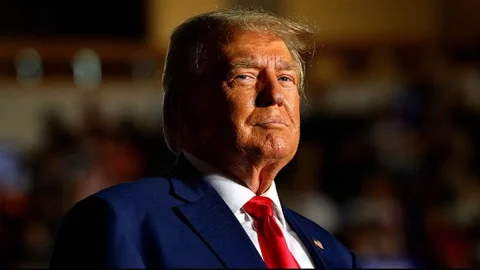Notice to sovereigns: the cohesion policy of the European Union turns thirty and will continue. It will still help the Member States to make progress in the environment, energy, research and infrastructure. If Italy and its South are among the major beneficiaries of the EU safe, there was no more suitable place than Brussels to discuss the past and future of such a long-lasting structural intervention. Seen from our house, the discussion between experts from the other day is captivating. European cohesion with its billions of euros has become the main tool for reducing disparities between the countries of the old continent.
For Italy, which has experienced state interventionism and the action of the Cassa per il Mezzogiorno since the post-war period, the European scenario basically meant the modernization of something it already had. But on a continental level. Only today's sovereignists and nationalists deny (sometimes even without excessive conviction) that the ERDF funds have benefited the most backward sectors of our economy.
A flow of money that in the next three years will support another million small businesses, will help 7 million people to find a job and another 9 to obtain new professional qualifications. Solidarity - explained the President of the European Parliament Antonio Tajani - is not just to take, it is also to help other countries when they are in need. A key that has more tones, unfortunately.
If it is true that the evidence of growth in decisive sectors that have become competitive is not denied, it is also true that there are many things to fix. The money that Italy pays to the European budget and then uses it in the planning framework is many. Prime Minister Renzi (can you remember?) waged very hard battles to review the mechanism of give and take, especially in relation to migratory flows.
Today it is Tajani himself who recalls that Italy pays "a lot of money for cohesion funds that end up in other countries, while now we need help for refugees". It is a painful chapter, but still partial in the exchange of outgoing and incoming resources. And when we think of energy, the environment, climate, research, Italy has shown that it knows how to do it. It has surpassed many States in terms of average spending, not depriving itself, however, of some scandal and embezzlement.
Pro-Europeans will fight to get rid of the hateful label of bankers', speculators' and abject technocrats' clubs from the European Union. What can millions of individuals who now share borders, trade and currency aspire to if not to strengthen those cohesion policies as a real opportunity for growth and solidarity? Commissioner Jean-Claude Juncker says so. And it's not just his discussion, but the concrete prospect of continuity, already drafting the post-2020 EU budget.
Do we want to maintain support for all countries and all regions? Or do we want to focus only on the less developed regions and where the needs are more acute? Juncker also wonders. The plural answer that debunks gloomy nationalist ambitions is that the economic cohesion policy continues to live up to its potential. As happened in these first thirty years but with attention to the true interests of the countries and the most driving economic sectors.





